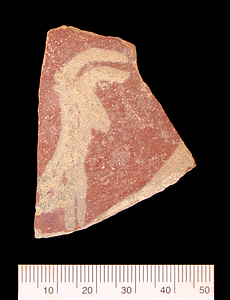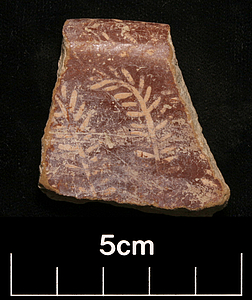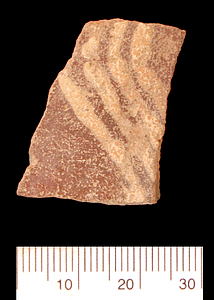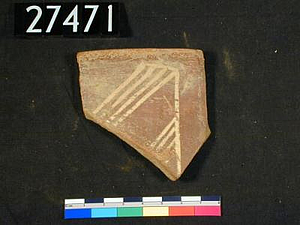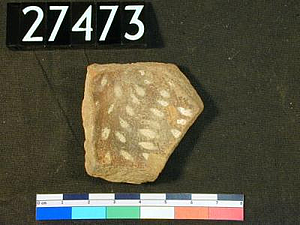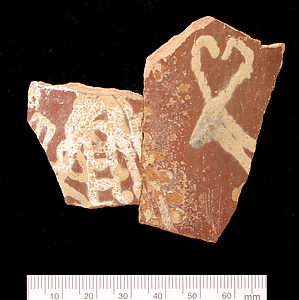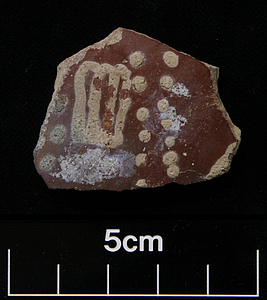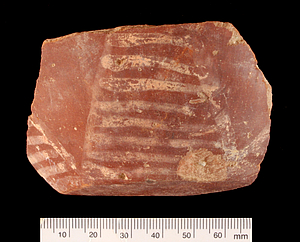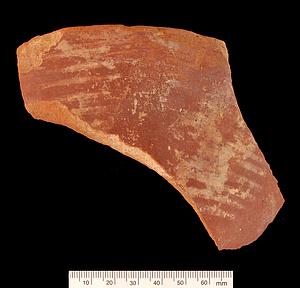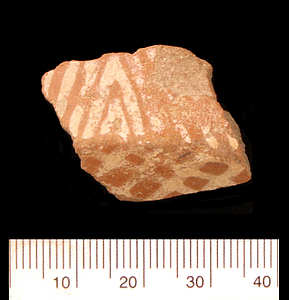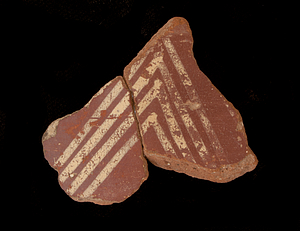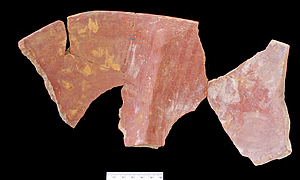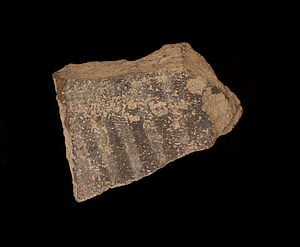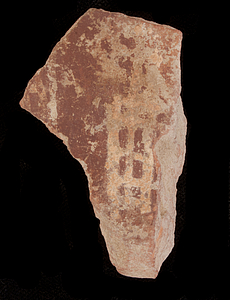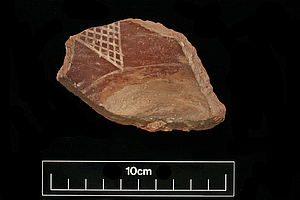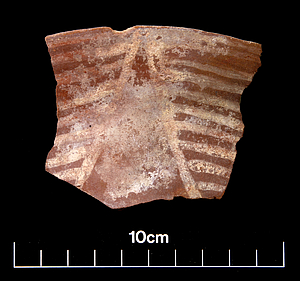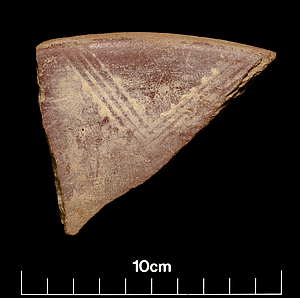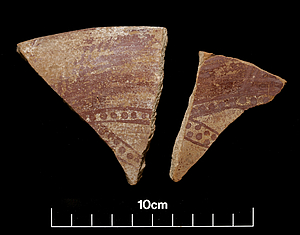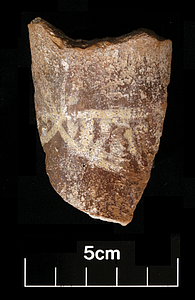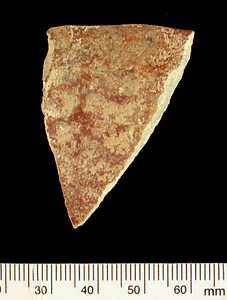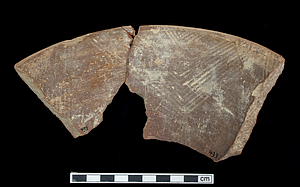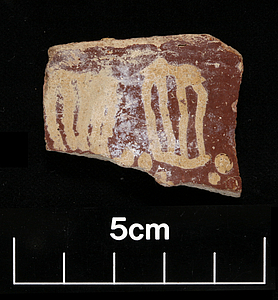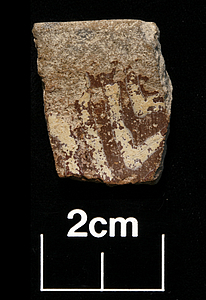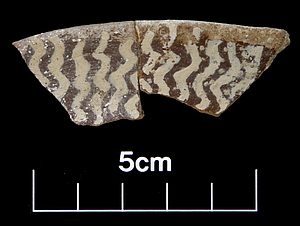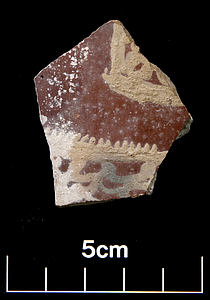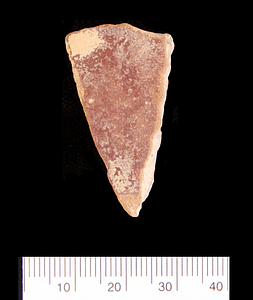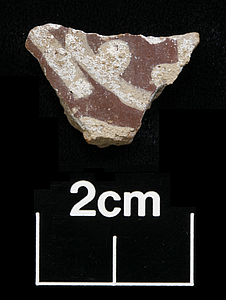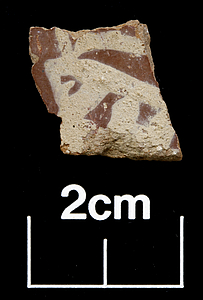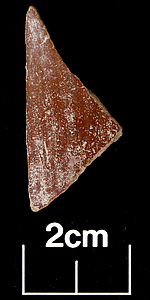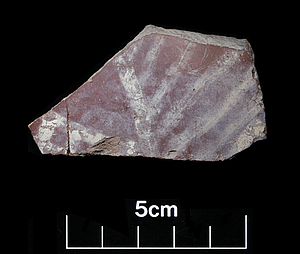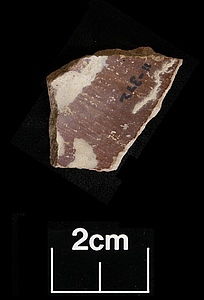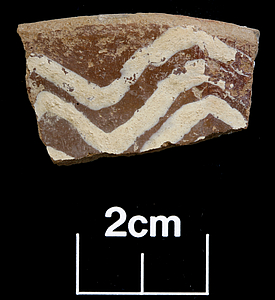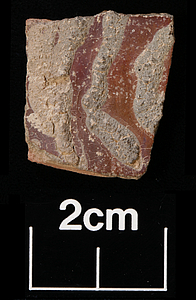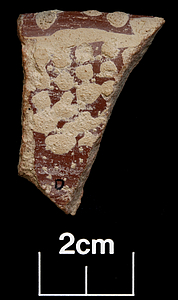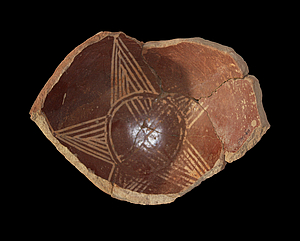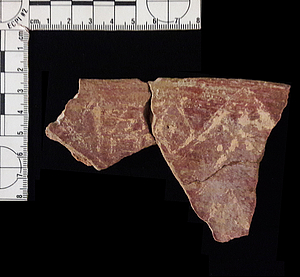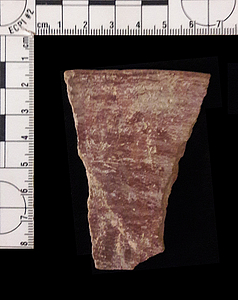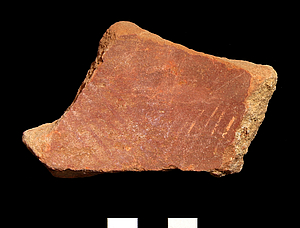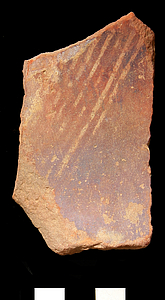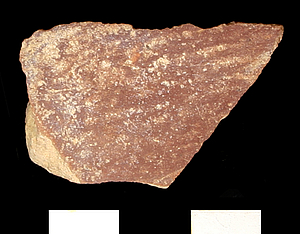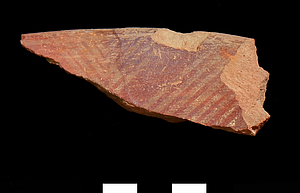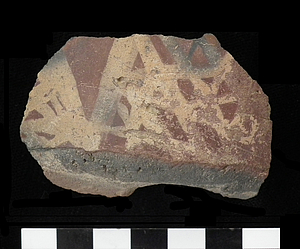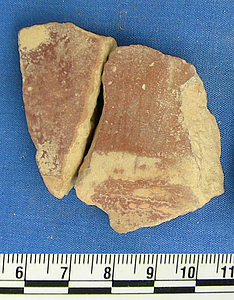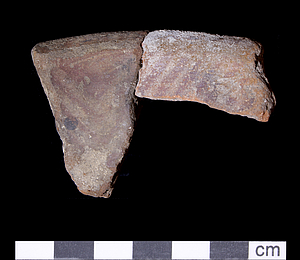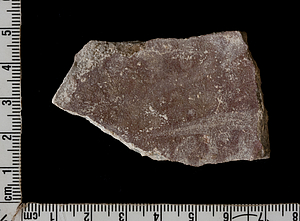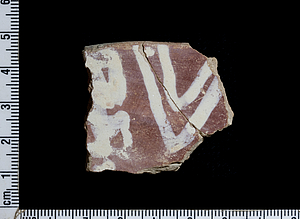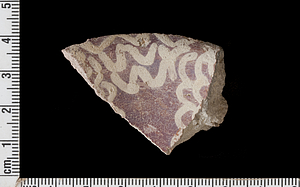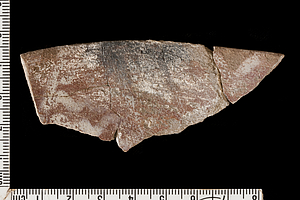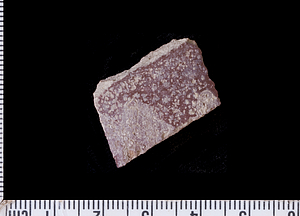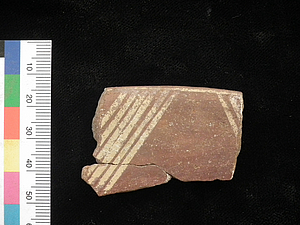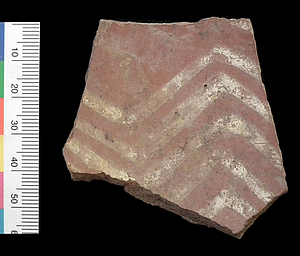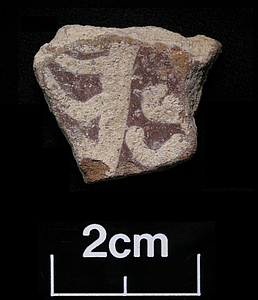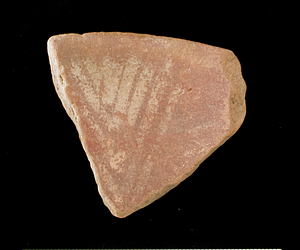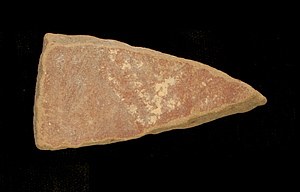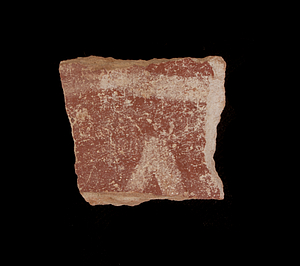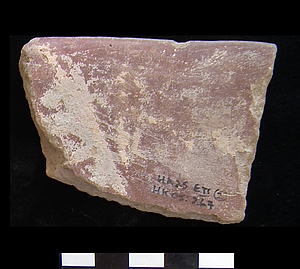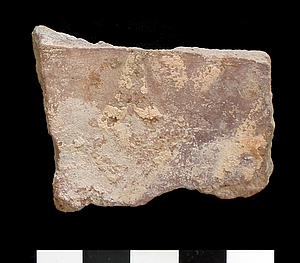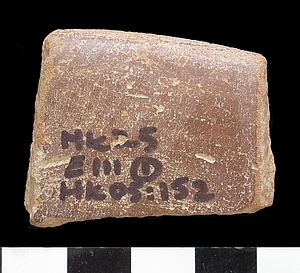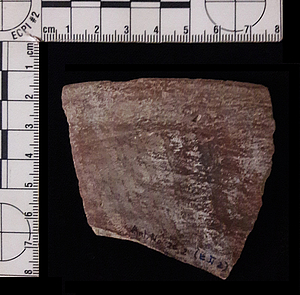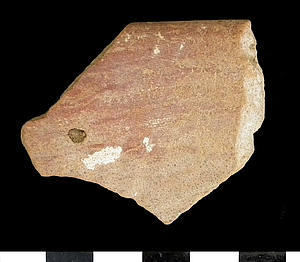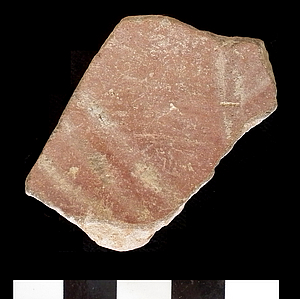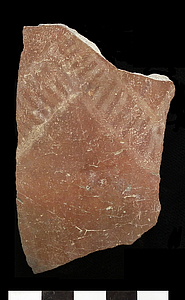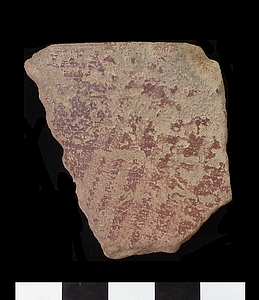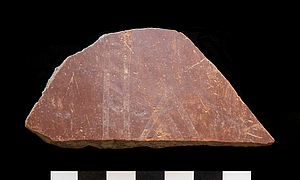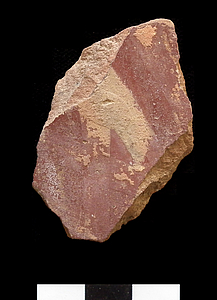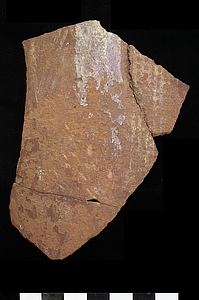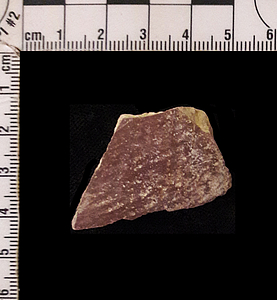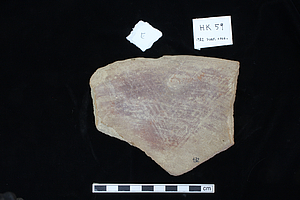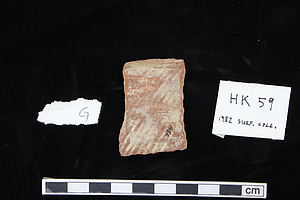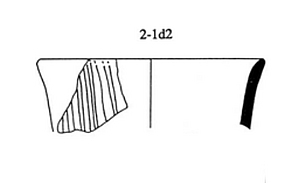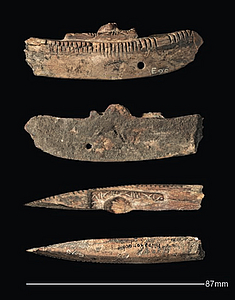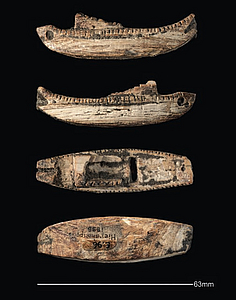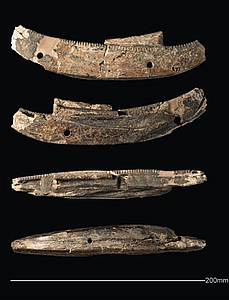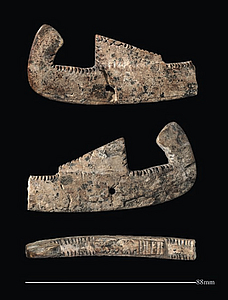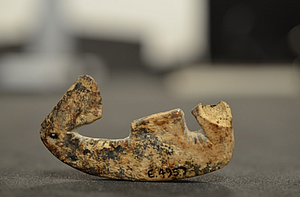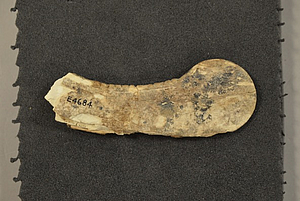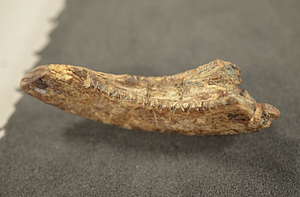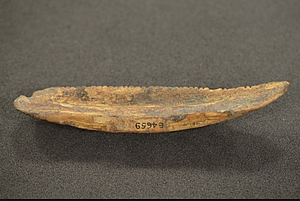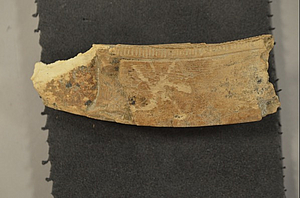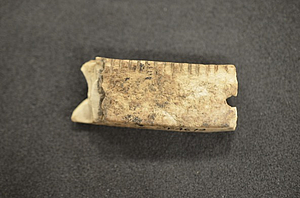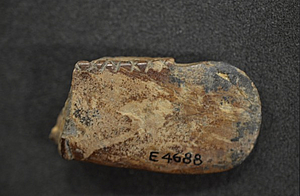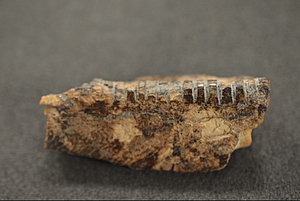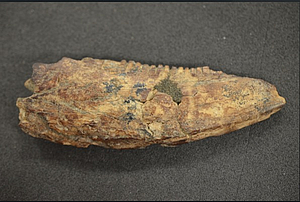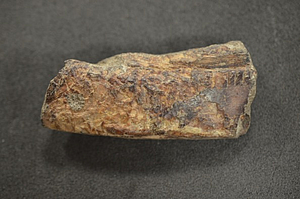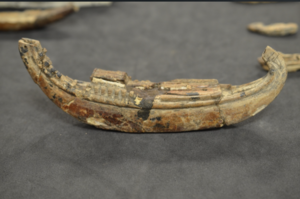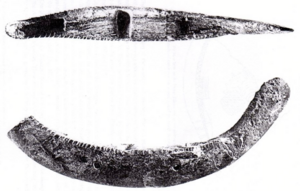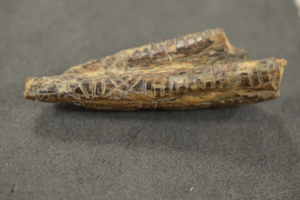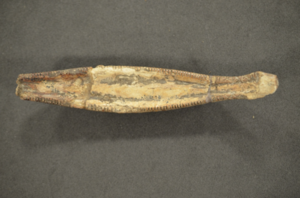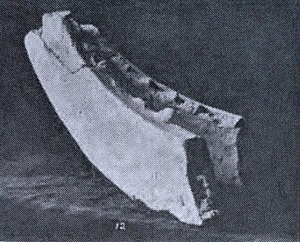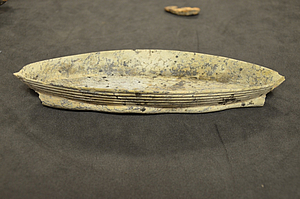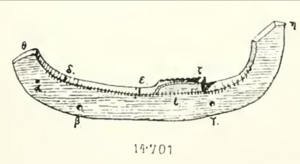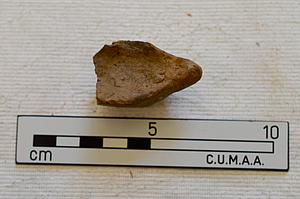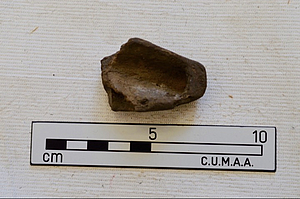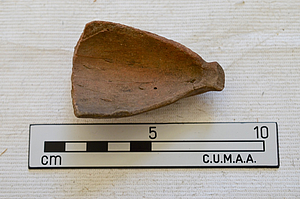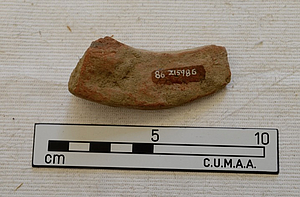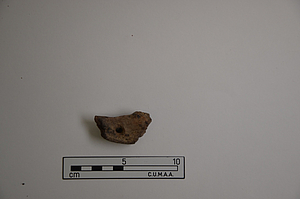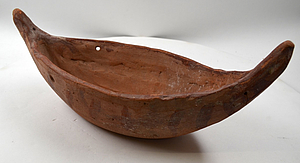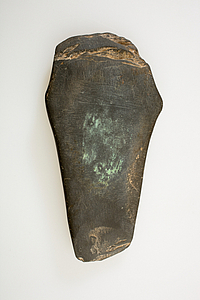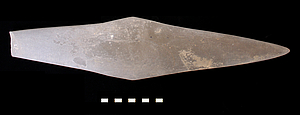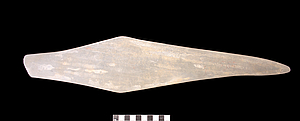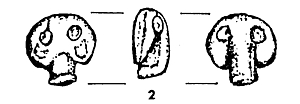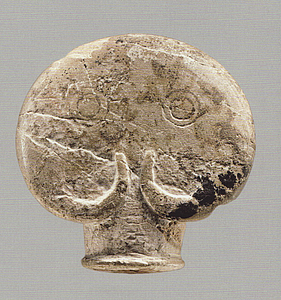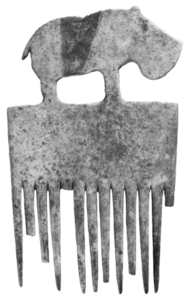Hierakonpolis
Hierakonpolis is a vast archaeological area, known to the ancient Egyptians as Nekhen and to modern inhabitants as Kom el-Ahmar. The site encompasses a large number of localities of many different types, representing all periods of Egyptian history. Today, the site is divided in two archaeological concessions: the sites of the desert are placed under the responsability of the Hierakonpolis Expedition directed by Dr Renée Friedman (University of Oxford); the town-site located in the floodplain (labelled Nekhen to prevent confusion) is placed under the responsability of the Temple-Town Hierakonpolis Project directed by Dr Elizabeth J. Walters (Penn State University).
The whole area has been the focus of several archaeological expeditions since the end of the nineteenth century, and material culture recovered at the site is scattered in a large number of museums and collections. the summary below is based on Renée Friedman's extensive presentation of the site on the web-page of the Hierakonpolis Expedition.
1897–1899: Egyptian Research Account expedition. First mission (1897–1898) led by James E. Quibell, soon joined by Frederik W. Green. Second mission (1899) led by F.W. Green alone.
The discoveries made by Willam M. Flinders Petrie at Naqada in 1894–1895 sparked a flood of illicit Predynastic artifacts from Hierakonpolis to appear on the antiquities market in Luxor. The two British Egyptologists worked first at the site of the 'Fort' of Khasekhemwy. J.E. Quibell found some intact Predynastic graves in the vicinity of the Fort and elsewhere despite the heavy plundering that had already happened. He also investigated Early Dynastic mastabas to the north, where he made some interesting discoveries. He tested various sherd clusters in the low desert, which resulted in the discovery of the granaries on the ‘Kom el Ahmar’ (locality HK24) and also further west into the wadi, which revealed what apparently were kilns; however, Quibell did not understand the domestic nature of the majority of the deposits. What was called the "Predynastic Cemetery" at that time is in fact the largest Predynastic settlement still extant.
Quibell then turned to a low rectangular mound in the cultivation which did not seem promising. All remnants of the Ptolemaic temple noted more than a hundred years earlier by Dominique Vivant Denon during Napoleon's Expedition had thoroughly disappeared. Since that time, the town-mound had suffered considerable reduction. During the first week of work, he discovered the famous gold and copper cult statue of Horus. It was only the first of numerous spectacular discoveries, including the copper statues of Pepi I and of his young son (the future Merenre) and the grauwacke statue of Khasekhemwy. Heaps of other objects generally clustered by type (mace heads, ivory statuettes, stone statues, faience figurines, pottery, ...) were dubbed the 'Main Deposit'. Among the hundreds of discarded temple furnishings were some of the most important documents of the Proto- and Early Dynastic periods: the large ceremonial maceheads of Scorpion and Narmer and the Narmer Palette, to name but a few.
In the following season (1899), F.W. Green, working with great care, continued his exploration of the town-mound. He discovered a sloping, oval stone wall or revetment constructed of small sandstone blocks built during the first dynasty. It was part of the raised platform for the First Dynasty temple to which at least some of the objects from the 'Main Deposit' presumably were dedicated.
F.W. Green also cleared a series of large tombs located at the southern end of the desert site. One tomb still retained justly famous painted scenes on its plastered walls (known as Tomb 100 or as the 'Painted Tomb'). Dated to Naqada IIC, it was most likely the tomb of a powerful ruler.
1905–1906: John Garstang excavation
John Garstang likely hoped for great discoveries, similar to those of his British colleagues, when he made further excavations in the town mound. He did recover a lapis-lazuli head that belonged a figurine found by Quibell (now in the Ashmolean Museum), and a fragment of the grauwacke statue of Khasekhemwy. Most of his finds came from investigations in the Fort cemetery and from some Early Dynastic houses.
1908–1909: Henri de Morgan excavation
Henry de Morgan spent two seasons at Hierakonpolis. Trained in an appreciation of prehistory, he examined desert deposits to the south of the Fort and recognised them as "kitchen-middens". His excavation technique was unfortunately rather brutal, attacking the surface with rakes... He recovered high-quality lithic implements as well as many interesting objects from both the settlement and tombs. He also explored the cemetery at Mamariya, located just a few kilometers north of Hierakonpolis and which may now be considered a satellite of the site; there, he discovered 16 terracotta statuettes, one of which has since become an icon for Egyptian prehistory.
1927: short visit by Guy Brunton
Guy Brunton only spent a few hours wandering around the desert site after having completed his mission in the Badari region. He found C-ware sherds as well as three pieces he suggested might be Badarian; this provided the first indication of the remote age of the desert occupation. We owe him to have recognised the Predynastic Town of Hierakonpolis and its significance.
1934: The Metropolitan Museum mission
Ambrose Lansing obtained the concession to excavate at Hierakonpolis with the express purpose of supplementing the Old Kingdom holdings of the Metropolitan Museum in New York. He however mostly encountered predynastic material while clearing around the Khasekhemwy's 'Fort'. Further away in the wadi, he discovered a predynastic kiln, (HK11C, now understood to be part of a brewery in Operation A) , a rock shelter, and an impressive rock-cut tomb (cemetery HK6, Tomb 2).
1956: visit by Werner Kaiser and Karl W. Butzer
The visit by the two Germanic scholars led to the importance and potential of Hierakonpolis for the understanding of Predynastic Egypt to be made crystal clear.
1967–1969: The Hierakonpolis Project
Walter Fairservis initiated the archaeological project at Hierakonpolis which continues to this day. He conducted test fieldwork in the town-mound of Nekhen and an extensive surface survey of sites in the low desert. The localities numbers used today were assigned then. In 1969, an elaborately niched, mud-brick gateway and enclosure of an Early Dynastic palace were found in Nekhen. Further investigation of domestic, religious and industrial architecture elucidated the nature of the Dynastic town. The 1969 season also saw the first scientific excavation of a Predynastic settlement at HK14 since Oliver H. Myers' work at Armant over 30 years earlier.
1978–1990: Renewed work and concession split
The international political situation prevented work to take place during nine years. In 1978, the archaeological concession was split in two: Walter Fairservis continued to direct the project focusing on the town mound of Nekhen. Michael A. Hoffman assumed the direction of Predynastic research carried out in the desert. However, in 1984, the latter undertook the important stratigraphic sondage in 10N5W in the town-mound at Nekhen specifically to determine the depth of Predynastic deposits below the Dynastic town. The importance of his findings are hard to over-estimate, and the stratified material which extended some four meter in depth is currently being re-studied. Archaeological exploration of the desert continued until Hoffman's death in 1990.
1996–present: international research projects
After Michael A. Hoffman's death, two study seasons took place in 1991 and 1992. Excavations were resumed in 1996 in the desert concession, under the joint directorship of Renée Friedman and Barbara Adams. Following the untimely death of B. Adams in 2002, R. F. Friedman continued the work independently, but co-shared the directorship of the site with Thomas Hikade in 2005–2008. Investigations have focused on a vast number of localities of different nature, from cemeteries (Predynastic elite cemetery HK6, predynastic cemetery HK43, later cemeteries such as C-Group HK27C) to industrial areas (HK11C), to name but only a few. A large number of colleagues have been involved in the project, taking the lead in some research projects such as HK11C (Izmuy Takamiya, Masahiro Baba), rock art recording (Fred Hartke), or the extension of HK6 (Xavier Droux).
In 1999, Elizabeth J. Walters initated the , which saw work resume in the area of Nekhen.
Archaeological activity :
1897–1899: Egyptian Research Account expedition;
1905–1906: John Garstang excavation;
1908–1909: Henri de Morgan excavation;
1934: Metropolitan Museum mission;
1967–1969: The Hierakonpolis Project;
1978–1990: Hoffman excavatation of the predynastic remains in the low desert; Fairservis excavation at the early dynastic palace of Nekhen;
1996–present: Hierakonpolis Expedition in the desert concession ;
1999–present: Temple-Town Hierakonpolis Project at Nekhen.
